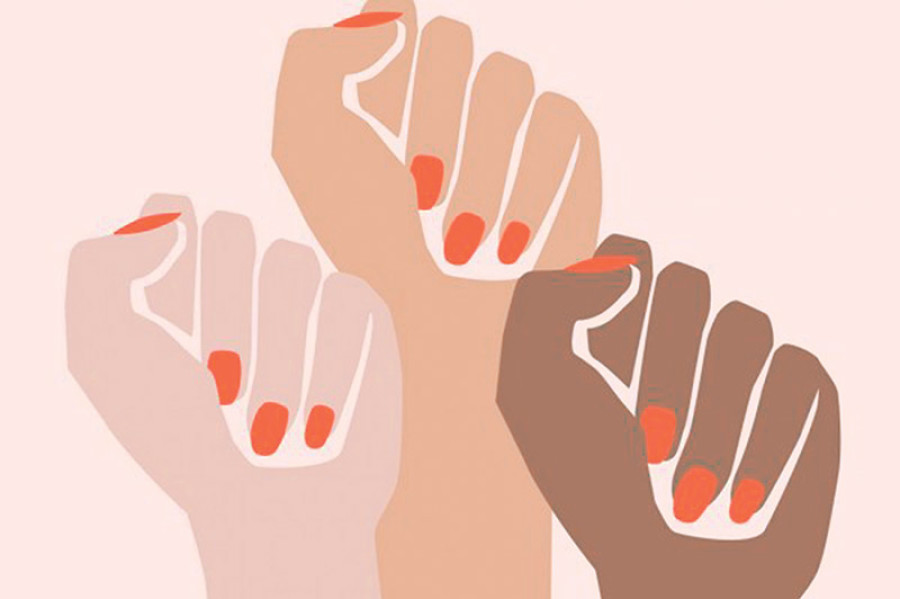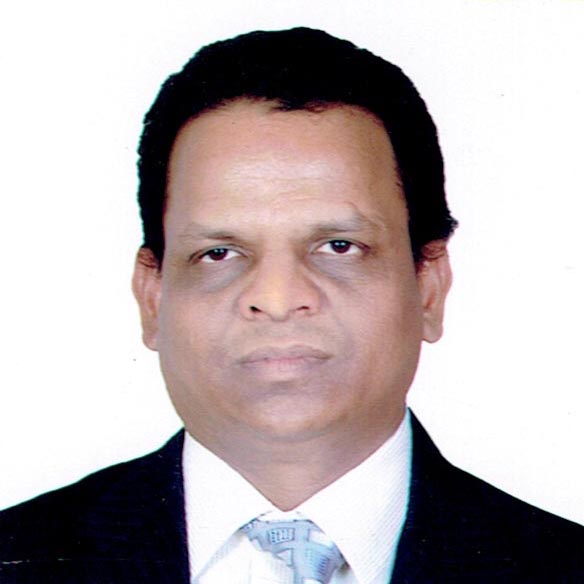Opinion
Reconceiving the second sex
Sexual and reproductive rights are considered to be basic human rights to which every human being is entitled.
Dev Datta Joshi
Sexual and reproductive rights are considered to be basic human rights to which every human being is entitled. The World Health Organisation (WHO), states that, “sexual health requires a positive and respectful approach to sexuality and sexual relationships, as well as the possibility of having pleasurable and safe sexual experiences, free of coercion, discrimination and violence. For sexual health to be attained and maintained, the sexual rights of all persons must be respected, protected and fulfilled.”
Steep ladder
Generally, sexual and reproductive rights are some of the most controversial, underdeveloped, and least understood spheres of rights, especially in a developing nation like Nepal. The sexual and reproductive rights of women with disabilities are even more prone to abuse, fuelled by negative social attitudes and beliefs. Women with disabilities experience multiple barriers while exercising their rights due to the intersection of age, gender, disability, and in some cases, other factors of vulnerability such as social and economic marginalisation. This notwithstanding, most national laws and policies fail to address injustices suffered by women with disabilities. Laws and policies that address gender fail to address biases suffered by women and girls with disabilities, and those that address disabilities have forgotten gender.
Women with disabilities living in remote, rural areas of Nepal experience several challenges in the form of illiteracy, poverty and malnutrition. Unfortunately, despite their doubly jeopardised status resulting from a combination of social and economic exclusion, government interventions fail to offer any real remedies. In the isolated event of government intervention, most of these reflect a medical model approach to disability, shaped by negative cultural attitudes, limited understanding of disability rights, and a lack of appreciation of the potential of persons with disabilities in development.
Instruments to equality
The first recognition of the right to health was contained in the preamble to the constitution of the World Health Organisation in 1946, where it was noted that the enjoyment of the right to health is a fundamental right of all persons. Thereafter, attempts have been made to give recognition to this right in other human rights instruments such as the Universal Declaration on Human Rights, which despite being a non-binding human rights instrument, is widely accepted as authoritative, worldwide. Article 12 of the International Covenant on Economic, Social and Cultural Rights recognises the right of everyone to enjoy the highest attainable standard of mental and physical health. Human rights recognised in many instruments adopted by the United Nations, including but not limited to the Convention on the Rights of Persons with Disabilities (CRPD), are relevant in advancing sexual and reproductive rights of individuals.
The scope and coverage of CRPD is unprecedented. It unequivocally recognises respect for the inherent dignity, autonomy and choice of persons with disabilities in matters of their sexual and reproductive health as a fundamental right.
In Article 6 of the CRPD, it is stated that women experience multiple forms of discrimination and therefore the state parties should ensure rights and freedom on a basis of equality with others in the society in which they live. Furthermore, though sexual and reproductive health is relevant to both man and woman, women bear the bulk of the reproductive health burden and responsibilities. This is exacerbated by social attitudes that use women as reproductive bodies at the expense of their health.
Article 12 states that people with disabilities, long denied the right to make even basic decisions about their lives, have the same rights to make decisions on their personal lives, health care and reproductive rights as any other citizen. Article 12 has interpreted the provisions to include implementation of supported-decision making as opposed to substituted-decision making, which is relevant in relation to involuntary sterilisation and control of the reproductive health of women with disabilities.
Article 25 of the CRPD provides that persons with disabilities have the right to the enjoyment of the highest attainable standard of health without discrimination on the basis of disability, and that states parties shall take all appropriate measures to ensure access for persons with disabilities to health services that are gender-sensitive.
Various international human rights instruments recognise the right to reproductive health as a human rights issue. More importantly, the CRPD recognises the unusual circumstances and vulnerabilities of women with disabilities and hence provides a basis for special measures to be adopted to enable their access to sexual reproductive health. As party to several international human rights instruments, Nepal must comply with the rights enshrined therein.
Joshi is a Disability Rights lawyer




 5.4°C Kathmandu
5.4°C Kathmandu










%20(1).jpg&w=300&height=200)

